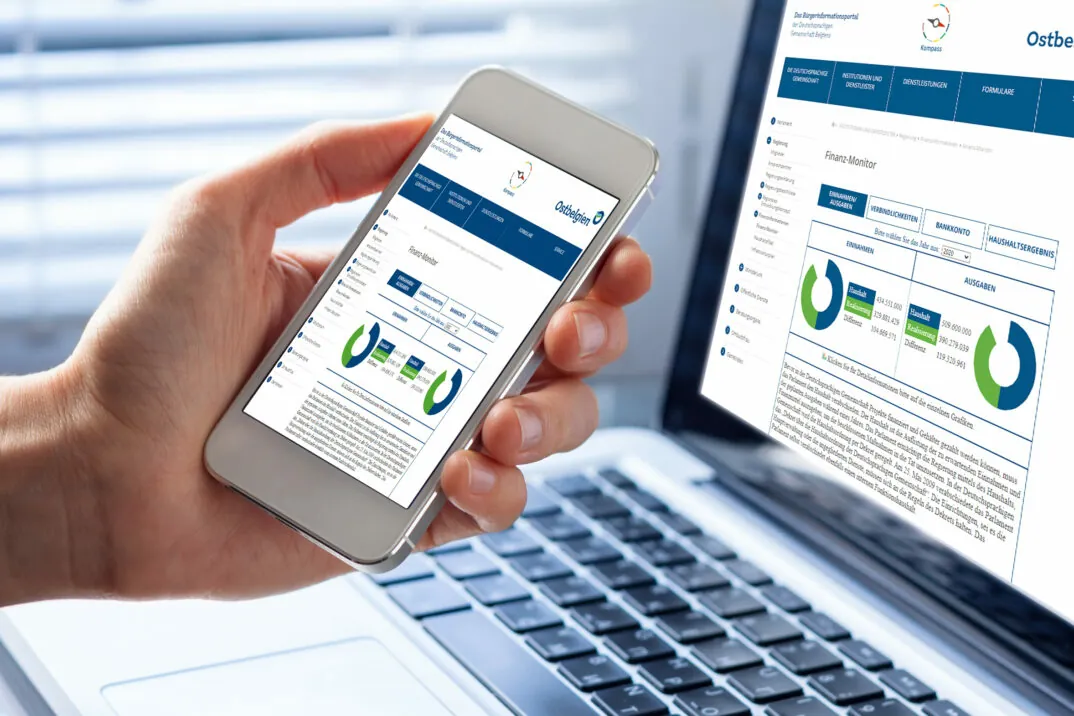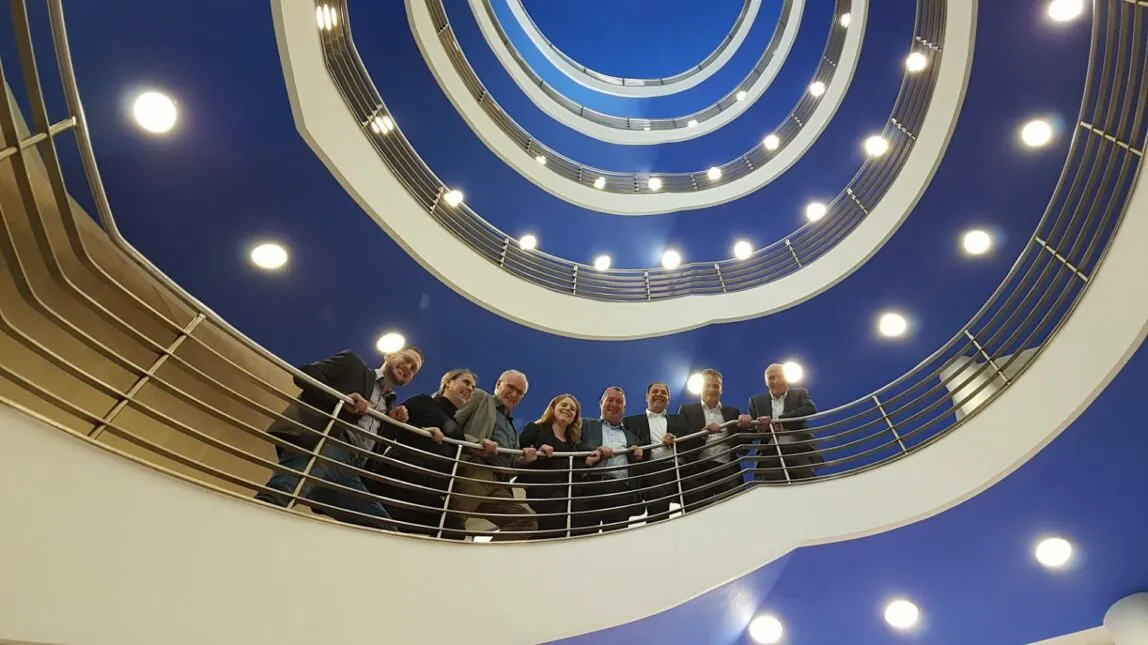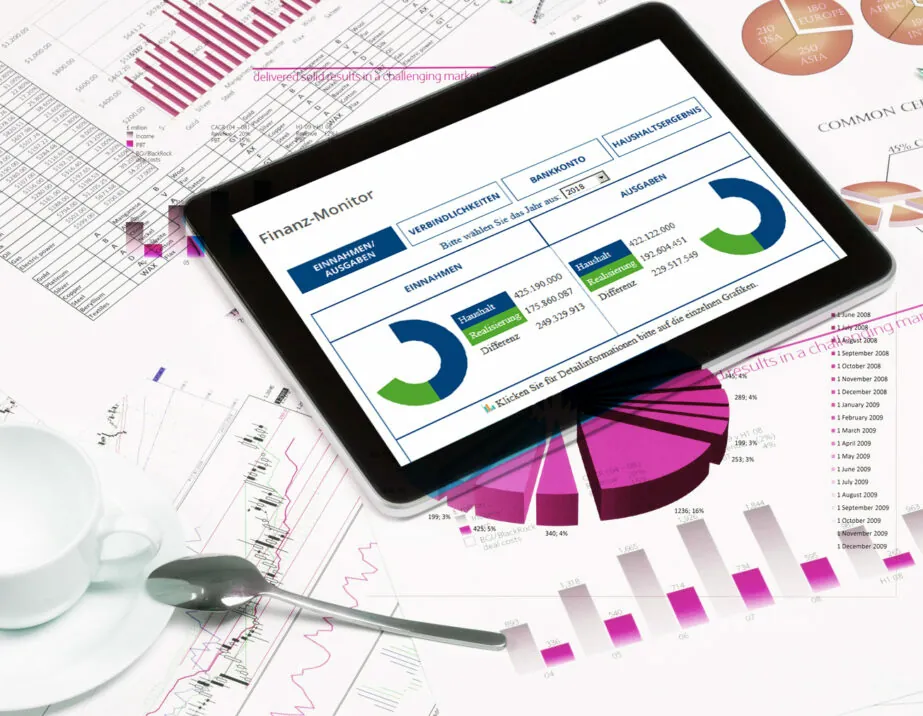Where does tax money go? How high are current debts? What projects are financed with which budget items? And will these projects benefit citizens in the long run? In Eastern Belgium, people have been able to answer these questions with just a click since summer 2018, for the Finance Monitor has been live since then. Its purpose is to provide real-time insight into the community’s financial situation, at any time and from anywhere. The numerous crises of confidence of recent years, for example the financial crisis, have marked and damaged the culture of trust in Europe – with the Finance Monitor, the ministry provides a state-of-the-art instrument for restoring and securing this confidence. When logged into the citizen information portal ostbelgienlive.be, everyone has quick, easy access to current income, expenses, liabilities, debts, and account balances, planned investments and investments made, as well as infrastructure plans.
“The Minister President wanted to provide citizens with detailed insight into the ministry’s actions. With the Finance Monitor, this is possible to a depth never seen before,” says René Miribung, Speaker for Finance and Budget in the Ministry of the German-speaking Community. This way, for example, citizens can see how much is invested in health and social programs and how much of the available monies they get back. “The government doesn’t want to leave any questions unanswered here,” adds René Miribung. But the Financial Monitor can also respond to internal requests from the Parliament, for daily research about current budget figures can consume a lot of resources. The Finance Monitor should make government employees’ work much easier and give them some room to breathe.








